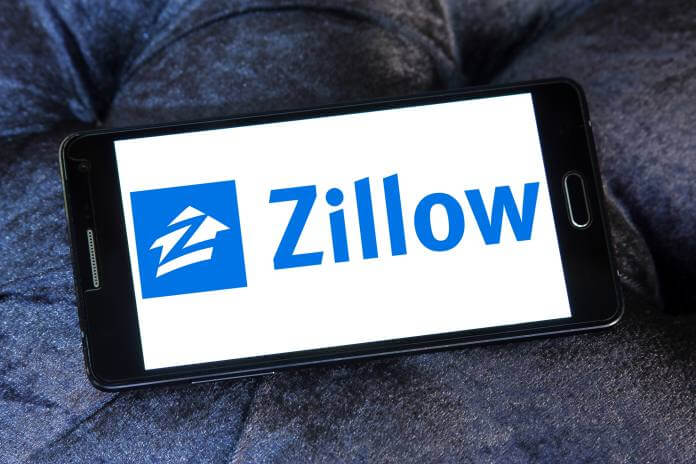Many firms, like Zillow Group Inc. (NASDAQ:Z), will seek to keep their heads above water as the digital real estate market restructures. Zillow stock (NASDAQ:Z) has done badly due to various poor management choices, including taking on many speculative real estate assets and trying to resell them (a strategy that resembled the pre-2008 real estate craze).
Zillow Stock: Market Update
Zillow has been able to reduce the home-flipping portion of its company to concentrate on logistics and realtor services for homeowners. As the losses from the sale of its portfolio have been finalized and the house-buying program has come to an end, Zillow’s losses have gradually converted into profits.
According to the National Association of Realtors, there will be a record number of real estate agents in the United States in 2021. More than 156,000 persons joined in 2021 and 2020, which is more than 60% more than the previous two years. As years of real estate euphoria fade, many realtors may be compelled to resign. In an ironic twist, this may enable Zillow and other internet businesses to fill the void as more consumers choose to buy their homes via alternative channels to have quicker access to listings, employ standardized selling processes, and pay lower transaction fees costs.
Any significant fall in the real estate market might result in a re-adjustment of the overall situation in market share, allowing Zillow stock (NASDAQ:Z) to rise. The firm now has a 12% market share, which might expand if market dynamics shift.
Revenue in the following quarters is predicted to be lower than expected, with US house sales at 4.8 million in August, down from a high of roughly 6.65 million in January.
What Now?
Market obstacles may reduce revenue in the near term, but Zillow stock (NASDAQ:Z long-term prospects remain stable. Revenue is expected to be around $1 billion in the following quarter and to remain subdued for a few more quarters. However, values remain acceptable, and Zillow’s profit margins might return to approximately 3% in the medium term and around 5% in the long run. Zillow has eliminated workers and lowered expenses in its home-flipping business. Gross margins have most certainly bottomed out and will rise significantly. More tightly controlled operating expenses should aid the company’s return to profitability.
Zillow has a pretty sustainable economic strategy, given that it has gradually reverted to its origins and dropped add-on services.
Featured Image – Megapixl © Mohammedsoliman4
















